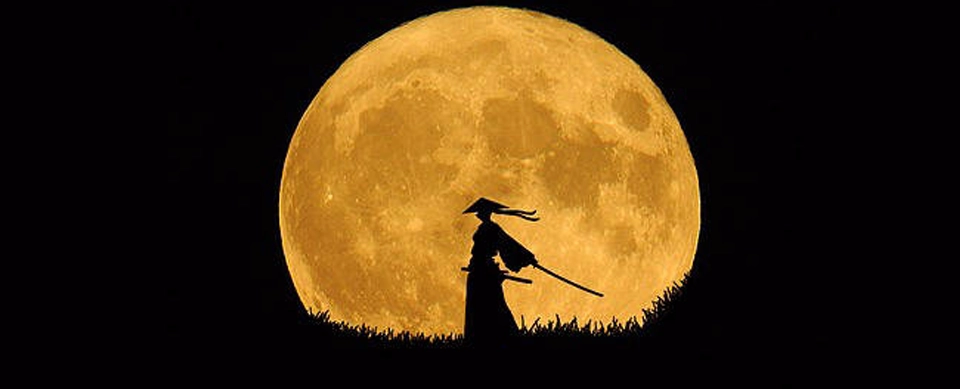
Digital platforms paving the way
June 5, 2025How Communication Transformed from 2012 to 2025
Let’s face it: the way we communicate today is almost unrecognizable compared to just over a decade ago. If you blink, you might miss the next big shift. And honestly, you don’t need a PhD in anthropology or a crystal ball to see it happening. Just take a moment and think about the mind-blowing changes in how we chat, share, and connect, especially since 2012.
From Sci-Fi Predictions to Everyday Reality
Remember Isaac Asimov? Back in 1942, the guy predicted things like the internet and the wild ways it would be used, not just for sharing cat videos, but for tracking human behavior on a massive scale. Fast forward to today, and smartphones aren’t just in pockets, they’re basically glued there, with billions of users scrolling, liking, and commenting every second.
This isn’t just tech hype; it’s a full-on communication revolution. People from all walks of life and corners of the globe are plugged into interactive media like never before. The internet? It’s not just a tool. It’s practically a global nervous system, connecting us and shaping how we see the world.
Social Media: The New Town Square
Back in 2012, Facebook had 425 million users, massive for the time. Now, nearly 3 billion people are part of that ecosystem, along with billions more on platforms like YouTube, Instagram, TikTok, and Twitter. This explosion means advertisers don’t have to shell out big bucks on TV commercials anymore. Why pay millions when your audience is sharing your message for free?
Brands have cracked the code. People love expressing themselves, sharing opinions, and influencing their circles. That’s advertising gold, wrapped in authentic human connection. And platforms are cashing in, rolling out features that let businesses talk directly to users in ways that feel natural and personal, think Facebook ads inside your news feed or TikTok challenges that go viral overnight.
The Shift from TV to Digital (And Why It Matters)
Take Lions Gate Entertainment’s decision back in 2012 to ditch $15 to $20 million in traditional TV ads for a big push on social media marketing for The Hunger Games. It was a bold move and a sign of the times. Sure, relying heavily on social media isn’t risk-free, one viral rant can tank a brand overnight, but the potential rewards are huge. TV isn’t dead, but its reign is shrinking fast.
Why This Matters for Brands in 2025
Here’s the deal. Thanks to decades of tech innovation, brands today have superpowers. They can craft ads that don’t just sell, they tell stories, spark conversations, and build communities. They can track everything in real time, tweak campaigns on the fly, and connect with audiences around the world, all without breaking the bank.
For marketers and business owners, understanding this communication shift isn’t optional. It’s survival. And with Google’s ever-evolving algorithms prioritizing user engagement, mobile-first design, and authentic content, adapting your strategy to this new digital landscape is more important than ever.
The Bottom Line
The digital age has rewritten the rules of communication and marketing. From Asimov’s futuristic predictions to the billions of smartphones buzzing in our pockets, we’re living through one of the most exciting communication revolutions in history. If you’re a brand, a marketer, or just someone who loves a good story, now’s the time to lean in, get creative, and ride the wave of change.
Television might still have its place, but the future, it’s digital, dynamic, and downright unstoppable.
Originally inspired by a 2012 reflection, updated for 2025’s digital reality.


